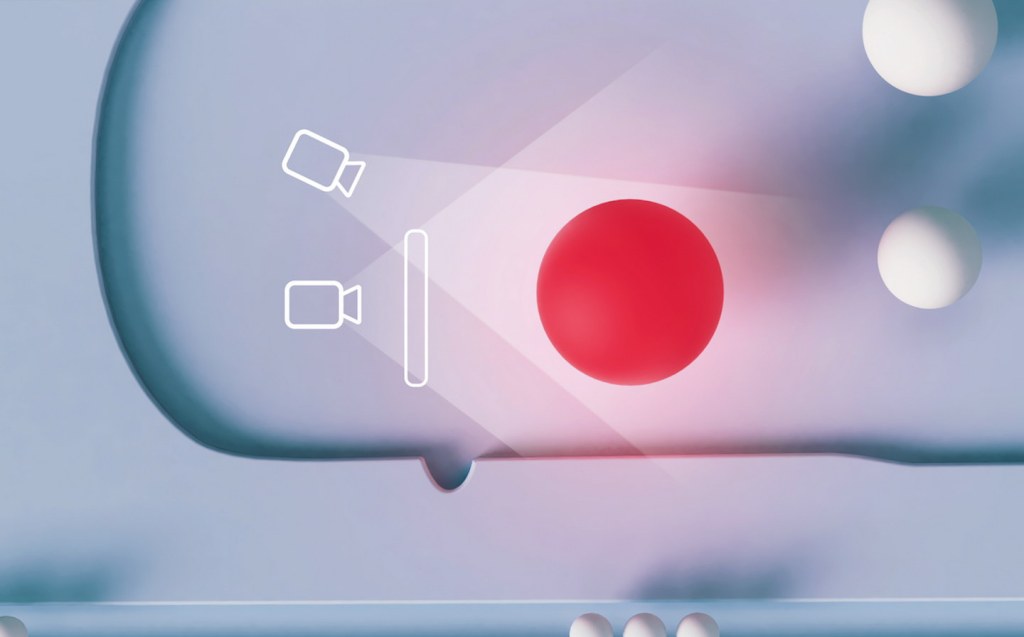Volvo names new electric SUV and claims it will be 'safest Volvo ever'
Rumours of “Embla” name prove false
Volvo has announced the name of the forthcoming electric version of its flagship SUV set to replace the current model of the seven-seat XC90.
Dubbed the EX90 and due to be revealed on November 9, the announcement quashes prior rumours that the XC90 successor would lose its alphanumeric moniker and instead be named the Volvo Embla.
Details of the EX90’s name were revealed this afternoon (September 21) ahead of an address by Volvo’s CEO, Briton Jim Rowan. The new car is packed full of the company’s latest safety tech making it the safest Volvo to date.
Plenty is already known about the EX90 and, judging by leaked patent images, Volvo has played it safe with the design with something similar in form to the current XC90, albeit with smoother, aerodynamically optimised lines and a rear-end treatment similar to that of the S90 saloon.

There won’t be any purely petrol or diesel equivalents of the EX90, though hybrid and plug-in hybrid models are expected. It’s not clear at present whether they’ll also adopt the EX90 nameplate.
The EX90 will be the first car to sit on Volvo’s new SPA2 platform before those underpinnings are rolled out to other cars and brands under the Volvo and Geely umbrella — including the upcoming Polestar 3 that will be built alongside the EX90 in the United States.
That platform and the electric powertrain will allow for the EX90 to feature a flat floor optimising the interior space that has garnered the XC90 so much acclaim over the years as a practical family car.

Safety-wise, the EX90 will be jammed full of Volvo’s most up-to-date safety technology and software including cameras, radar and lidar (which stands for light detection and ranging) all of which, the firm says, has been proven by its research to reduce the number of serious crashes by up to 20%.
All in, the EX90 is equipped with eight cameras, five radars, 16 ultrasonic sensors and a lidar sensor, the latter of which is embedded in the roofline.
Lidar is a remote sensing method using light in the form of a pulsed laser to measure ranges with a good degree of precision and fidelity. In a vehicle safety context, Volvo’s Lidar system can detect pedestrians at a distance of up to 250 metres and “something as small and dark as a tyre on a black road” at a distance of 120 metres. Because Lidar relies on light rather than a camera, it’s also effective at night.
“We believe the EX90 to be the safest Volvo car to ever hit the road,” said Joachim de Verdier, head of Safe Vehicle Automation at Volvo.
“We are fusing our understanding of the outside environment with our more detailed understanding of driver attention. When all our safety systems, sensors, software and computing power come together, they create a preventative shield of safety around you — and you won’t even know it’s there until you need it.”

As well as external factors, Volvo is also aiming to mitigate the variable performance of the one of the biggest causal factors in every crash — the driver.
“Our research shows that by simply observing where the driver is looking and how often and for how long their eyes are closed, we can tell a lot about the state of the driver,” said Emma Tivesten, a technical expert at Volvo.
“By basing its calculations on our research findings, the sensing system allows our cars to identify whether the driver’s ability is impaired, perhaps due to drowsiness, distraction or other causes for inattention and to offer extra assistance in a way that best suits the situation.”
Volvo’s “driver understanding system” uses two cameras to detect early signals to pick up signs that a driver may not be functioning optimally. By monitoring the driver’s eye patterns and measuring how much of the time the driver is looking at the road ahead, it can detect when a driver’s eyes or mind are elsewhere such as if the driver is looking at their phone.
If the system senses that the driver is not paying sufficient attention, a warning signal will sound, increasing in volume depending on the severity of the situation. If no action is taken, the system can switch on the car’s hazard lights and bring the vehicle to a halt by the side of the road.

As well as ushering in new technology which, it hopes, will help eliminate injuries and deaths from road crashes, the EX90 will play a big part in Volvo’s plan for 50% of the cars it sells to be fully electric from 2025.
In the first 10 months of 2021 alone, the XC90 accounted for around 6.5% of Volvo’s global sales, third only to the firm’s bigger-selling XC60 and XC40 SUVs — a volume the company hopes that the new EX90 will help maintain.
Related articles
- After reading about the Volvo EX90’s safety technology, you may want to read what Jeremy Clarkson thought of the Volvo V90 Cross Country
- Interested in safety? Check out the report on Tesla’s Autopilot
- Or read our review of the Volvo XC40 Recharge
Latest articles
- Seven great automotive events to visit this summer, from F1 to art and champagne
- Watch new Porsche 911 GT3 smash Nürburgring record for manual cars
- Skoda Elroq 2025 review: Czech carmaker can’t seem to miss with its electric family cars
- Five best electric cars to buy in 2025
- Should I buy a diesel car in 2025?
- F1 2025 calendar and race reports: The new Formula One season as it happens
- Zeekr 7X AWD 2025 review: A fast, spacious and high tech premium SUV — but someone call the chassis chief
- Denza Z9GT 2025 review: Flawed but sleek 1,062bhp shooting brake from BYD’s luxury arm
- Extended test: 2024 Renault Scenic E-Tech review














